It all started back in early March of 2020. I had a trip planned to visit the Porsche Museum in Stuttgart, to conduct another extensive photo shoot expedition. The afternoon before I was due to leave, at 15h15 to be precise, I received a call from Porsche to say, “Don’t come!” I was speechless, but managed to stutter a garbled, “What do you mean don’t come? I am leaving tomorrow morning early and I have my ferry booked and all the accommodation arranged!” The reply was, “The Stuttgart City Council has closed all public spaces, schools, restaurants and more, and there will be no-one to receive you at Porsche.”
There was nothing I could do about it, and I just had to accept the situation as it was, because Europe was at the beginning of what would become its first lockdown. The coronavirus pandemic had taken hold, and the world would not be the same again. The UK was only a matter of weeks behind Europe, and soon the whole world would be plunged into the surreal situation of being told to stay at home.
This was a first for almost everyone alive, but there was nothing to do but knuckle down and get all those tasks done that did not require leaving home. In some ways this did not affect my work too much, as being a self-employed freelance motorsport journalist, this was where I did most of my work anyway. Then we got news that the Le Mans 24 Hours itself was being postponed until later in the year.
This threw things up in the air a bit, as the whole world just got on with accepting this new regime of doing nothing, but being an inventive lot, we always had a plan at the ready that we could kick into action at a moment’s notice. In time we did indeed get news that the 24-hour race was to be held over the weekend of 19-20 September. So when the call came from Porsche that the coast was clear, I arranged my now rescheduled trip to coincide perfectly to finish just at the start of the Le Mans week. That way I would be able to cover all the bases in one long trip.
At quite a late stage of the proceedings, I was informed that two of the cars I wanted to photograph in Stuttgart had in fact been sent to Le Mans for the 50 years anniversary of Porsche’s first win in the 24-hour race. It was disappointing for sure, but some swift phoning around saw Plan B swing into action, and I arranged to photograph these two cars at the ACO Museum just before the start of the 24-hour racing action. Believe me, arranging this whole expedition from Porsche Road & Race Towers in Wales, including my Covid-19 test, was no small matter but in the end it all came together perfectly.
Finally the day arrived for my departure and long story short, the whole Stuttgart side of the trip went off well. With that side of things completed, I set a course for Le Mans and Phase 2 of the adventure. As planned, I arrived at the ACO Museum at 16h30 on Tuesday 15 September to confirm my photo shoot the next morning at 08h00, before any visitors arrived. Of course it had slipped my mind that the Museum wouldn’t be having too many visitors that week due to the Le Mans 24 Hour race taking place ‘behind closed doors’ and so no spectators would have made the trip. Be that as it may, I headed off for my Covid-19 test at the circuit, a pre-requisite for attending the 24-hour race as a member of the media. Make no mistake, the importance and privilege of being invited to attend this year’s event as a photographer, was not lost on me!
Bright and early the next morning I arrived at the ACO Museum and was shown in via a back door to carry out my photo shoot. This I did and while photographing cars in a Museum never produces great results, it was though important to do it as this photographic record would form part of the history of those two cars. It didn’t take long to complete my work, and while I was there, I thought it would be a good idea to explore a little as it had been many years since my last visit to see the display in the Museum, and seeing as there were no visitors, I pretty much had the place to myself.
Some background
The museum was created in 1961 at Le Mans. At first, the museum was located within the circuit enclosure but it was then moved and bought by la Sarthe Council, a department of the French region of Pays de la Loire, in 1991. It once again became the property of the Automobile Club de l’Ouest (ACO) in 2017.
In a normal year, the museum would expect to see nearly 125,000 visitors but of course in 2020, this number would have fallen to a mere trickle. The staff organise three thematic exhibitions per year at the Museum, celebrating automobile and historical anniversaries linked to the 24 Hours of Le Mans. So the work load for the staff is fairly intense as there is a lot to organise, and having seen it first hand, I can vouch for this.
50th anniversary of Porsche’s maiden victory
It goes without saying that Porsche can claim the highest number of Le Mans wins by a manufacturer, this number being 19 overall victories. The next highest is Audi with 13 wins followed by Ferrari with nine wins. Porsche has also amassed a total of 107 class victories and Ferrari is second with 37 class victories in the 24-hour race.
With it being such a momentous anniversary, it seemed fitting to recognise this achievement by working my way around the museum and photographing those cars which would have played a part in the races that Porsche won, rivals included. In collaboration with the Porsche Museum in Stuttgart, the Musée des 24H Le Mans pulled together some of Porsche’s iconic race cars in a dedicated display to mark this significant anniversary.
Besides the just nineteen Porsches winners, the number of other Porsches that have played an important or memorable part in the history of the Le Mans 24 Hours, it simply would not be possible to display all of these cars. But certainly some of the significant race cars from Stuttgart could be seen, along with other marques that have at times risen to the top of the podium.
Appropriately set aside in a separate display, six Porsche 917s represent the important role that the 917 played at Le Mans for the Porsche brand. As you enter this separate display, the first car to greet you is the 917 LH display car (chassis #917-001) from the 1969 Geneva Motor Show, followed by a 917/10 Spyder. Next in line is the #17 Gulf 917 LH (chassis #045) driven by Jo Siffert and Derek Bell in the 1971 Le Mans race. The car qualified third for the start but posted a DNF in the race. In the corner was the still-born 16-cylinder 917 Spyder, and despite not turning a wheel in anger it is nevertheless an important link in the 917 chain. Just beyond that was another hugely important car, the #22 Martini Rossi 917 K (chassis #917-053) driven to victory by Helmut Marko and Gijs van Lennep in the 1971 Le Mans 24 Hours.
The Musée des 24H Le Mans
Any self-respecting motorsport enthusiast who attends the 24 Hours of Le Mans, needs to schedule in a visit to the ACO Museum. As one who respects the importance of this motor race in the history of motorsport, you will acknowledge the commitment made by those teams and drivers who persevere through all manner of challenges to emerge victorious after 24 hours of hard racing.
With this in mind, and once this Covid-19 pandemic with all of its restrictions and rules has run its course, be sure to schedule a visit to the ACO Museum. Its located right at the main entrance to the circuit, so you can’t miss it. Visiting this excellent facility, you will have not only the chance to view all of the cars on display, but you can also take your time browsing through the store to pick up a few memorable items to take back home with you to remind you of your time at the Le Mans circuit. Enjoy!!
Written by: Glen Smale
Images by: Virtual Motorpix/Glen Smale


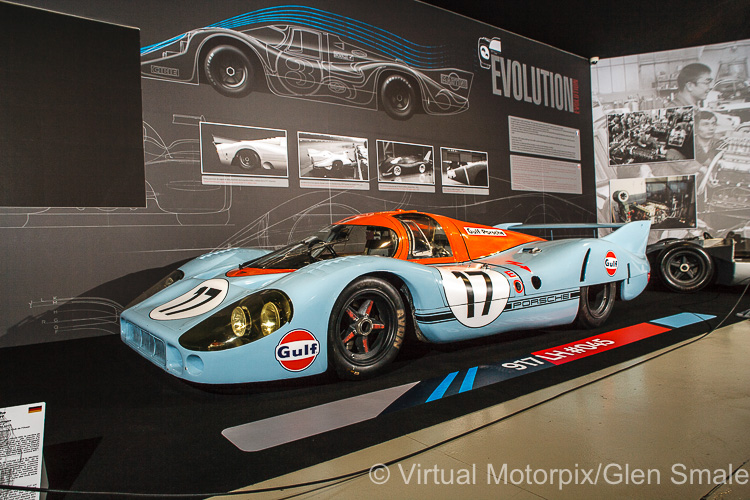
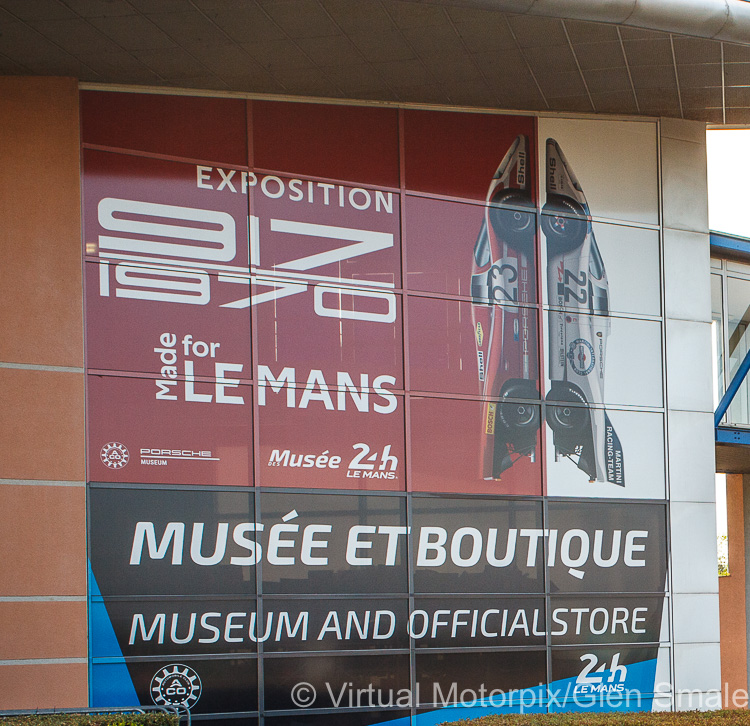
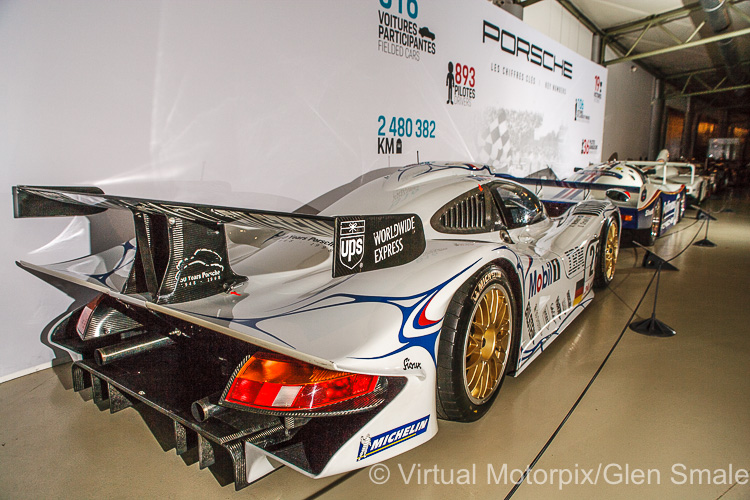
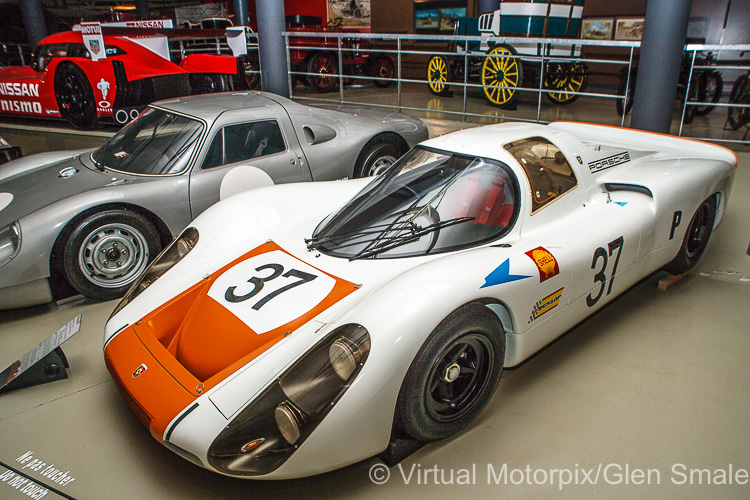
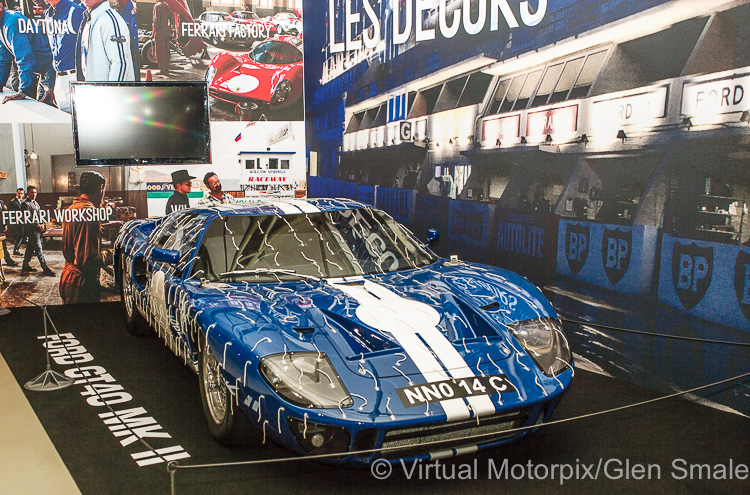
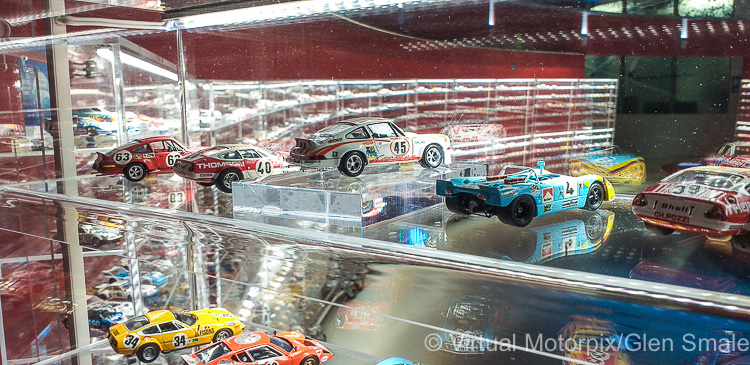
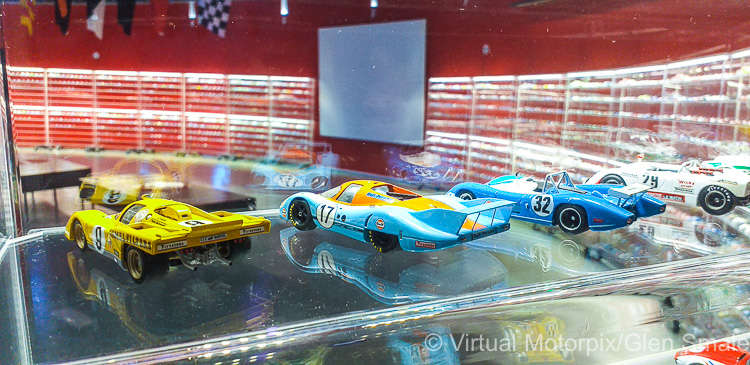
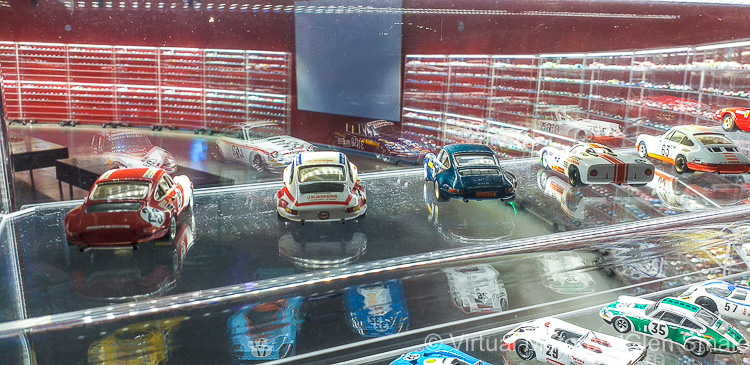
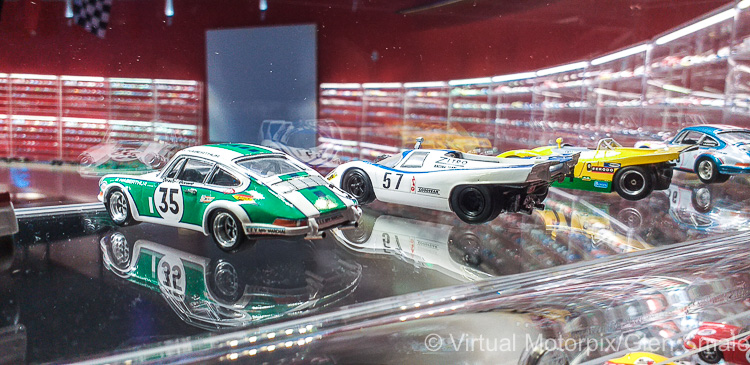
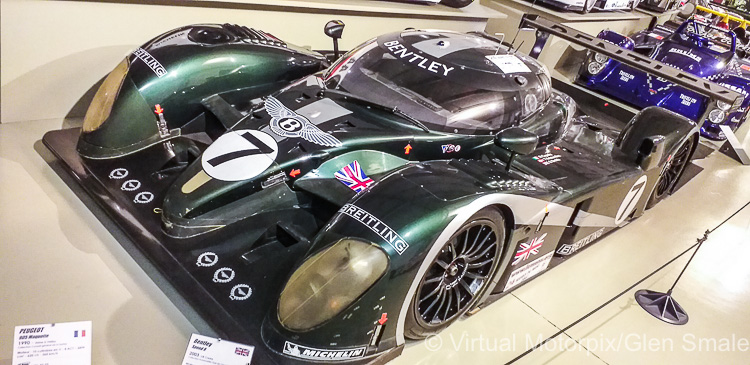
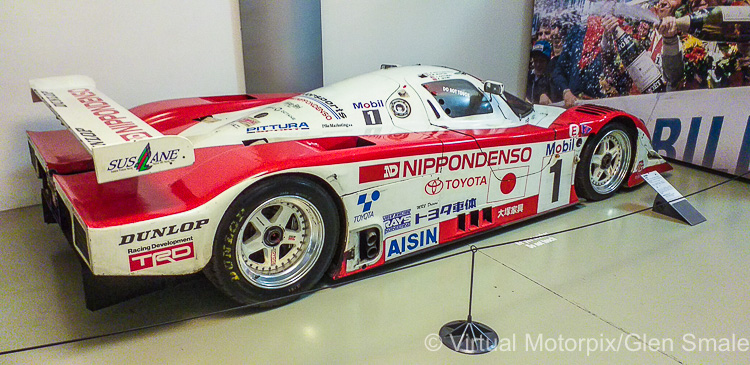
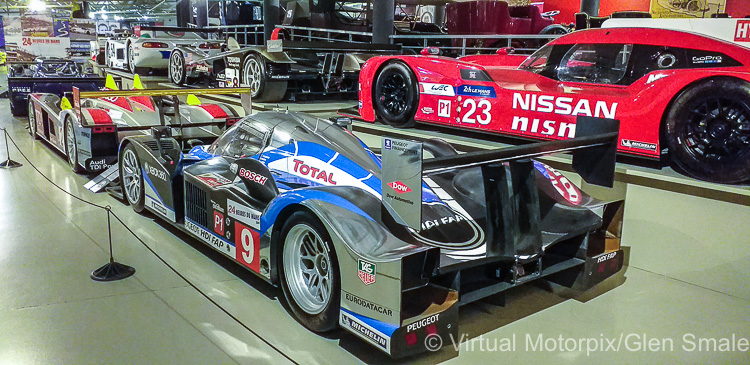
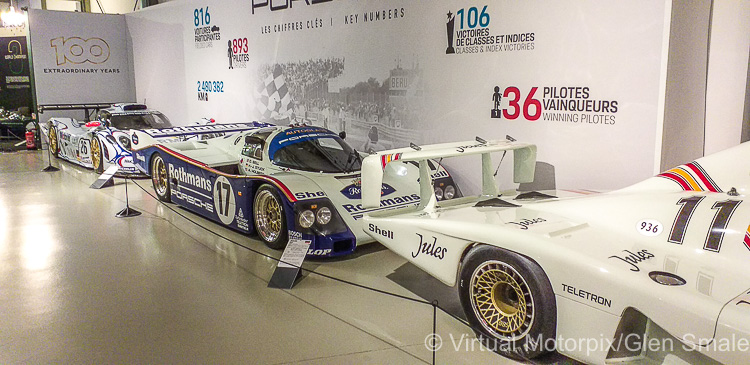
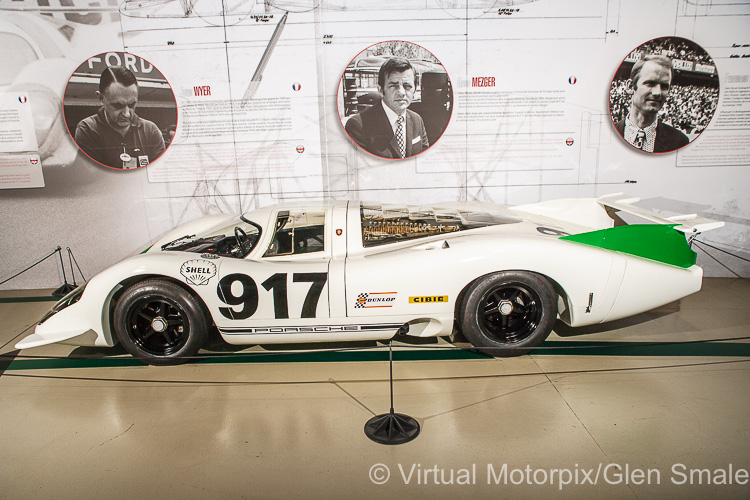

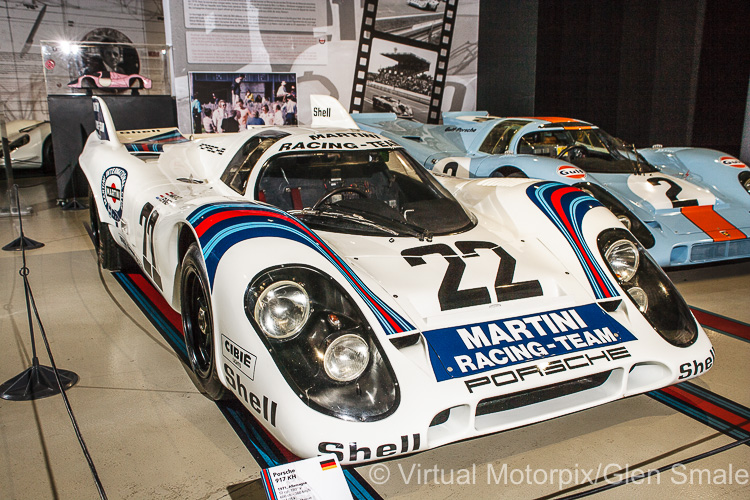
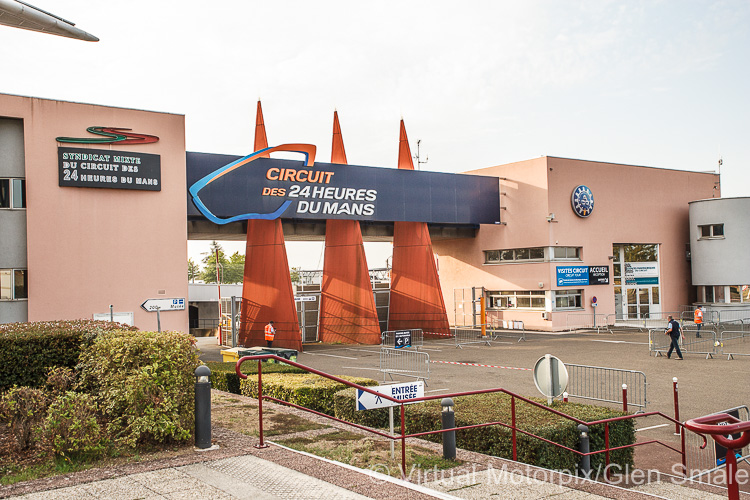

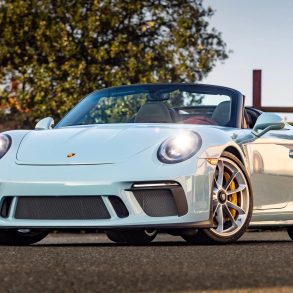







With daily sports motoring becoming ever more restricted, motor museums like this maginficent one in Le Mans gain attraction. Well described by Glen.
0